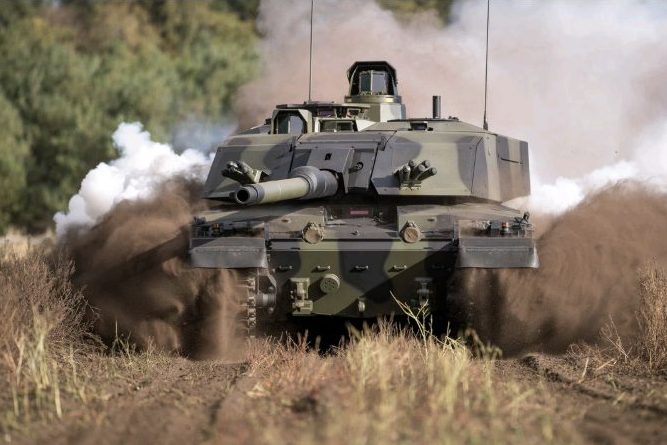Britain’s Ministry of Defense announced Wednesday that it will spend $1 billion to upgrade the Challenger 2 tank equipped with British Army equipment to Challenger 3, the most important change being to abandon the British army’s long-standing line gun, known as “representing British tradition”, and switch to the world’s mainstream musket.
Reported that the British Ministry of Defense awarded Rheinmetall’s renovation agreement shows that the “Challenger 3” tank will replace the active L30 120 mm rifle, replaced with a German L55A1 musket, but also will be modified digital turrets, a new viewing system and upgrade protection capabilities.
In 2019, penny Modaent, then Britain’s defence secretary, argued that the Challenger 2 tank, which had been in service for more than 20 years but had never been upgraded, had become “undesolete” and could not rival Russia’s new tanks. The British Army is thought to be cutting all-out workforce as the Ministry of Defence has planned to cut its tank workforce by 35 per cent. But Ben Wallace, the current defence secretary, said Challenger 3 would be significantly enhanced and the upgrade marked a major shift in the process of modernising the British Army.
According to Defense News, only British tanks are still using rifles. According to reports, the rifle has the advantages of high hit accuracy and long range, British tanks have used rifle to create 5000 meters away from the destruction of Iraqi tank records.
However, with the increasing protection capability of tanks in various countries, tank gun armor-piercing capability has become the most important performance index, relying on kinetic energy to penetrate the tail of tank armor stable shell-piercing bullets to become the main types of tanks in various countries.
But this armor-piercing bomb is more suitable for the firing of the musket, the musket will hinder its gunport kinetic energy, affecting the armor-piercing effect. As a result, modern tanks in all countries have used muskets, with the exception of Britain, which “sticks to tradition” and India, which is influenced by the UK.
Curiously, now that the British have officially decided to give up the musket, india’s home-grown “proud” of the famous “Ajun” tank will become the only major model in the world still using the musket. Will India abandon this long-standing tradition after Britain?



